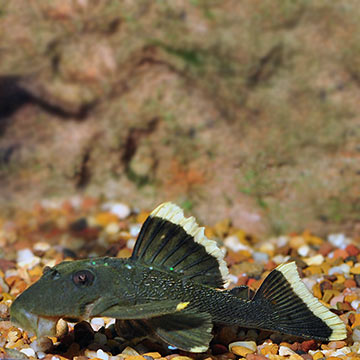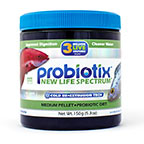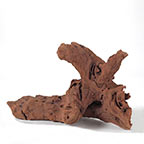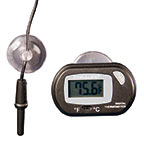
Additional locales and sizes may be available!
Additional locales and sizes may be available! Email me when availableQuick Stats
What do these Quick Stats mean? Click here for more information
What do these Quick Stats mean? Click here for more information
Overview
Planted tanks with high aeration and water movement make for a healthy environment. Rocks and driftwood help to accent a natural habitat and provide hiding spaces to cut down on stress for the Mango Pleco. A recommended minimum tank of 70 gallons should be provided to house this fish.
Breeding in captivity has not been successful yet, however, different methods are being used in the industry. This is an egg laying Plecostomus that tends to use plants and rocks as an anchor.
Feeding the Mango Plecostomus is not difficult due to the fact that it is not a picky eater. Feeding off the bottom of the aquarium, it gets most of its nutrition from left over food and algae. If there is no algae or left over food present, supplement with high quality flake food, sinking carnivore pellets, freeze-dried bloodworms, and tubifex.
Approximate Purchase Size: 1-1/2" to 2-1/2"













